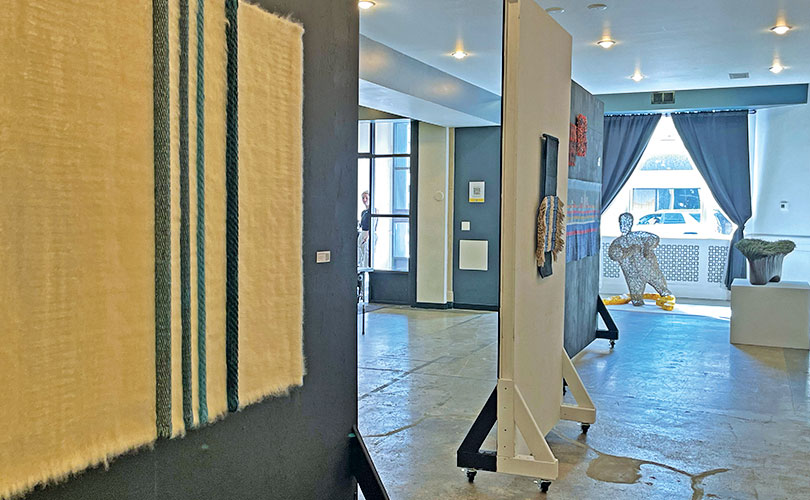
We had a chance to do an expanded Pop-Up at Space67 in Norwalk, CT last month. We were first asked to curate an exhibition that would be enjoyed by individuals who attended The Supper Club. Then, with the exhibition in place, we decided to create a public Pop Up for one day and invite our fans, people in Norwalk, and those just walking by.

The Supper Club dinner was a project of the Kitchen Incubator at the Village Community Foundation in Stamford, CT. The Incubator Program at The Village is a nonprofit program that supports local, diverse entrepreneurs and startups in the food and beverage industry.

The Supper Club at Space67 involved three exceptional chefs — Chef Xavier Santiago, Chef Marta Garcia, and Chef Ivan Romero — who, with a talented crew, prepared a 7-course meal with offerings from Colombia, Puerto Rico, Haiti, Jamaica, Cuba, and the Dominican Republican.

Sixty people were served, music was provided by The Briefly Educated & Friends and a great time was had by all!

In support of the South American food and drinks (Cuba Libre, Clarified Piña Colada, and Hibiscus Lemonade) that were served, we chose a Pan-American theme for the works we exhibited: Continental Divide: Fiber Art from North and South America included artists from Chile, Venezuela, Canada, and the US. Falling Fruit by John McQueen, Carolina Yrråzaval’s Embarrilado Azul, Cimbreante by Eduardo Portillo and María Davila and CMA-CGM by Laura Foster Nicholson were among the most-commented-upon works in the exhibition.

For the public Pop-Up we added work by Mary Merkel-Hess and a large sculpture by John McQueen.

Pop-Ups serve an important objective of ours at browngrotta arts — to bring fine fiber art to more and varied audiences. Watch for more!




























































